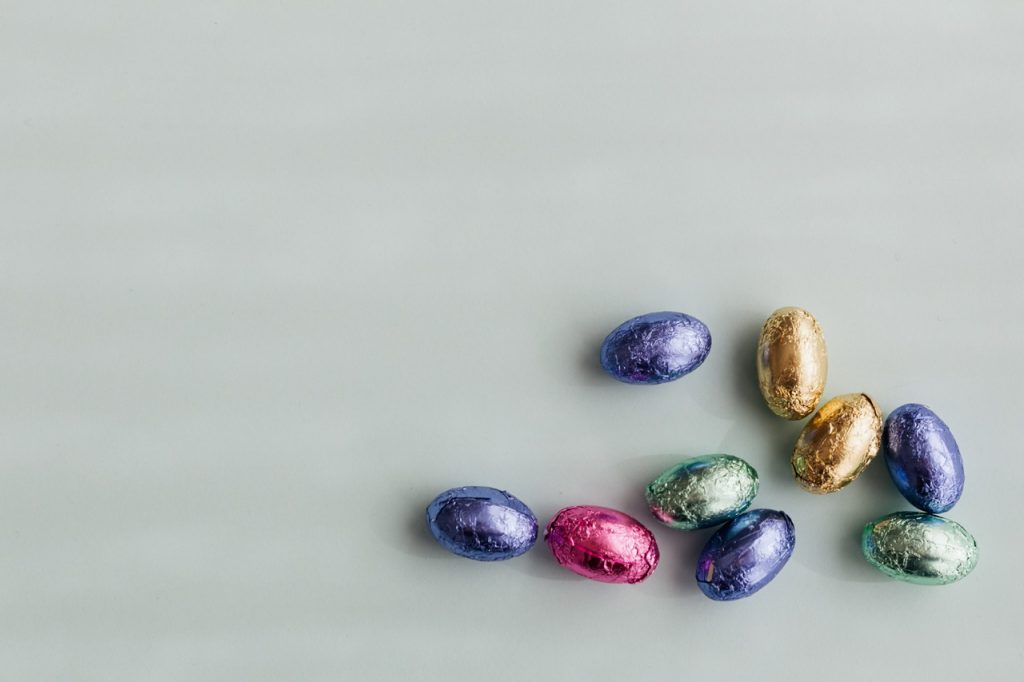March 15
The history of chocolate at Easter
0 comments
Ever wondered what came first – the chocolate or the egg? We delve into the history of the chocolate highlight of the year to find out when the tradition of gifting chocolate for Easter first began.

The history of the Easter egg
Eggs have long been considered a symbol of life, renewal and rebirth dating back centuries. With Easter falling around spring for many parts of the globe, Greeks, Romans, Egyptians and Persians all used dyed eggs to celebrate the new season.
Christians then incorporated this tradition into Easter. The eggs would be hard-boiled, decorated and given to children as good luck symbols. And despite chocolate eggs filling our bellies today, the tradition of decorating eggs at Easter hasn’t wavered in many cultures.
When did chocolate come to the party?
Way back in the day, chocolate was consumed as a bitter hot drink. In the late 18th century, it started to take a more solid form and chocolate eggs started appearing in France and Germany – but they weren’t quite the confectionary hit we know today. These eggs were quite grainy, coarse and bitter with confectioners struggling to find ways to make chocolate more palatable.
In 1866, it was Cadbury who came to the tastebud rescue, cutting out half the fat content to make it a smoother, better tasting, sweet treat. Then in 1875, the company released its first range of Easter eggs, which were hollow and filled with sugared almonds.
When did the chocolate egg boom occur?
When the turn of the century hit, so did the boom of chocolate Easter eggs. Cadbury released the first milk chocolate egg in 1905 and production went into overdrive worldwide. And it wasn’t just eggs, chocolate bunnies became a hit too. Also representing spring and fertility, chocolate bunnies were initially created in Germany. They gained popularity in the late 18th century when Pennsylvania’s Robert L. Strohecker crafted a five-foot-tall chocolate rabbit and placed it in his drugstore window as an Easter promotion.
The world war rationing years meant Easter egg crafting came to a halt; however, by mid-century they were back in action and since then chocolate gifts have moulded into bunnies, buttons and bilbies – there’s every variety of Easter chocolate you could imagine on the shelves today.
Gifting eggs (both decorated and of the chocolate variety) may have begun as a tradition for children, but artisan chocolate brands just like us have flown the flag for adult chocoholics ensuring everyone can get in on the Easter fun.
So, whether you eat the ears of your bunnies first or crack your chocolate eggs before scoffing them down, we hope you have a happy and chocolatey Easter break.
Tags